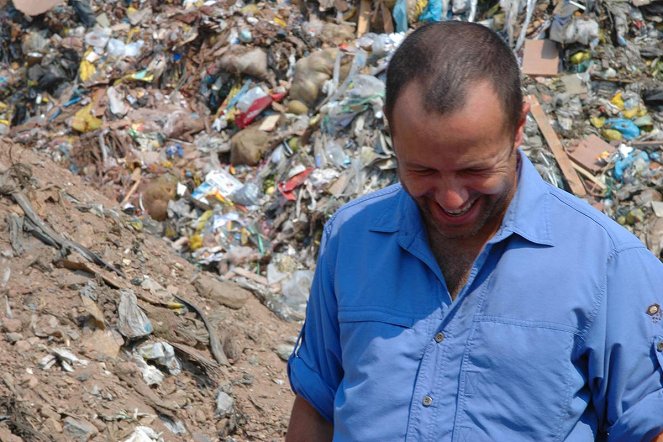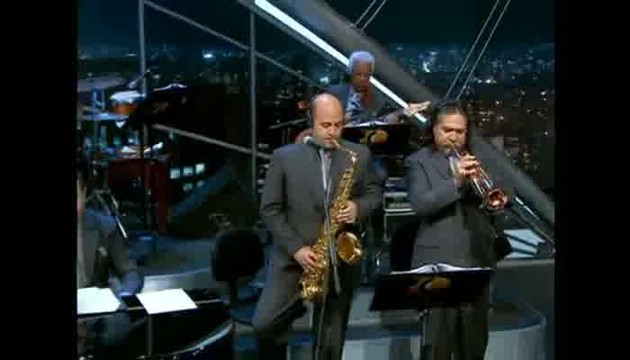Plots(1)
Filmed over nearly three years, this film by respected director Lucy Walker documents the progress of a charity art project by the world-renowned artist Vik Muniz. The movie follows him as he travels to his native Brazil to the world's largest dump, Jardim Gramacho on the outskirts of Rio de Janeiro, where he plans to make photographic portraits of some local waste pickers, who sort through 200 tonnes of waste here every day and sell what they collect to recycling companies. Captivated by the world of the dump and the stories of the people he finds there, Muniz decides to establish an artistic partnership with the "models" he discovers. We thus observe a fascinating process of creation, which uses garbage to produce wonderful portraits of the "scrap heap" chef Irma, the local intellectual Zumbi, who is building a community lending library out of discarded books, and 18-year-old Suelem, who cannot tend to her children because of her work at the rubbish tip. Huge pride and, at the same time, the hopelessness of life at the dump is reflected in their faces. This brilliantly made documentary with music by Moby has won several awards at film festivals, including Sundance. It was also nominated for an Oscar for 2010 Thanks its protagonists, who exude pure human emotion, Waste Land offers stirring evidence of the transformative power of art. (One World)
(more)Videos (1)
Reviews (1)
After finishing watching Waste Land, I took the box with the chicken bones next to the computer, an empty bottle of Coke, and a plastic bag and threw it all in one bin, which I then took to the mixed waste in our backyard. This is clear evidence that the document had failed in its purpose. Otherwise, this piece impresses as much as it can with the quality of the means by which it was made, but otherwise it is extremely melodramatic, embarrassingly adoring of the main actor, and aimed at a new age bourgeois audience with the naive notion that modern art has value because it can change established practices. If I subscribed to this theory (i.e. the combination of a certain aesthetic with an attempt at social transformation), the atomic bomb in Hiroshima is the greatest work in the field of modern art.
()
Gallery (19)
Photo © Eurozoom


